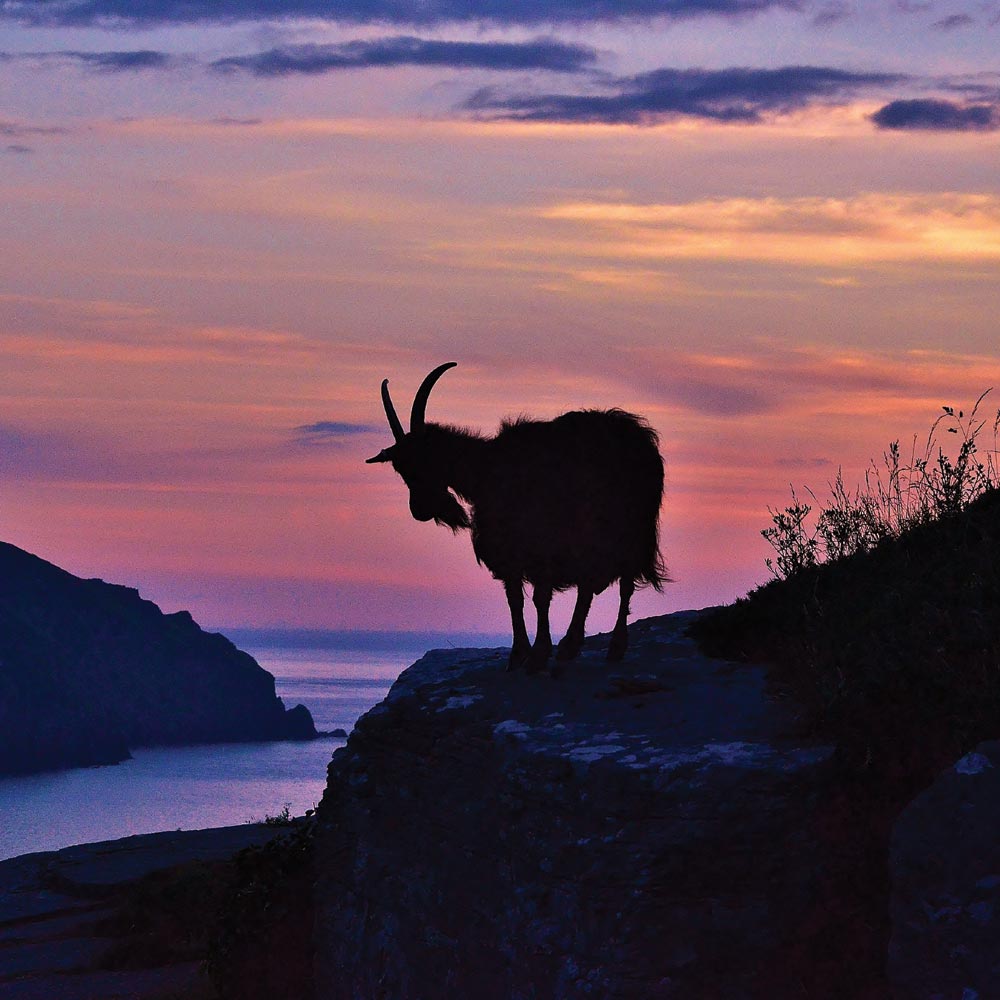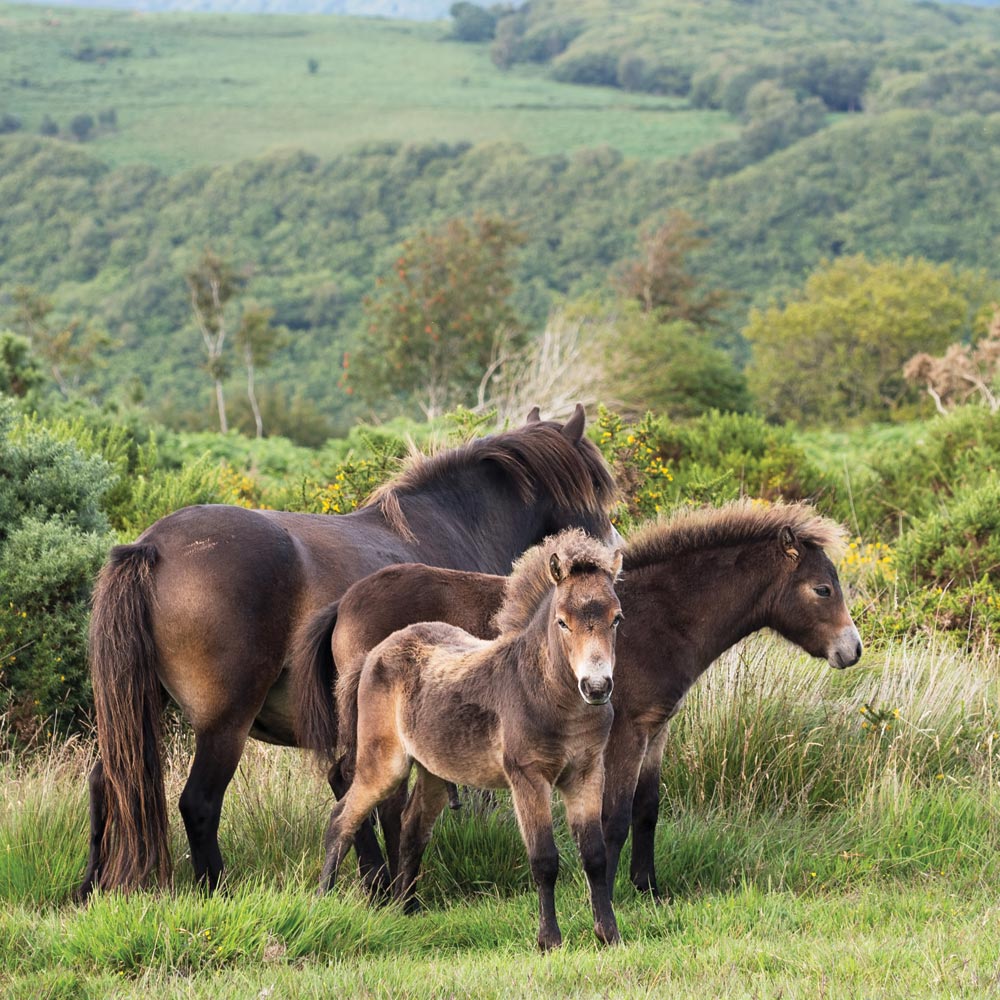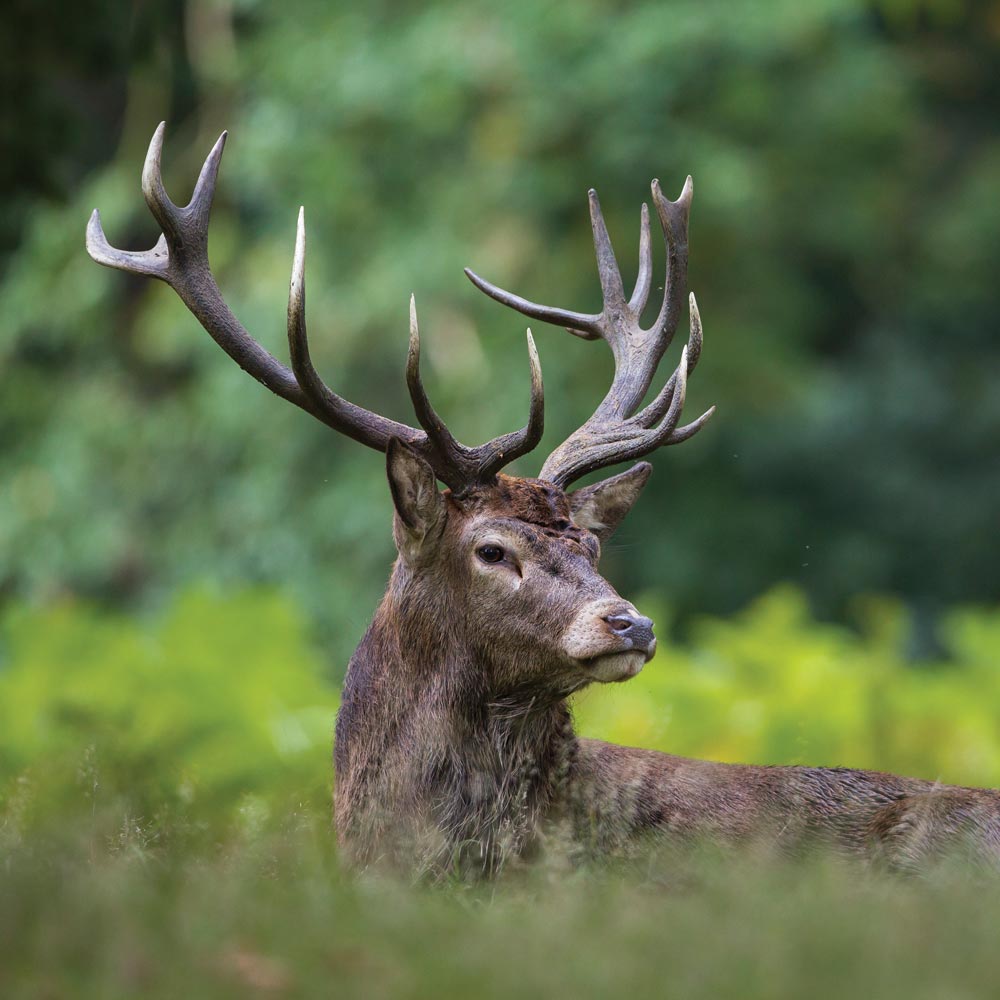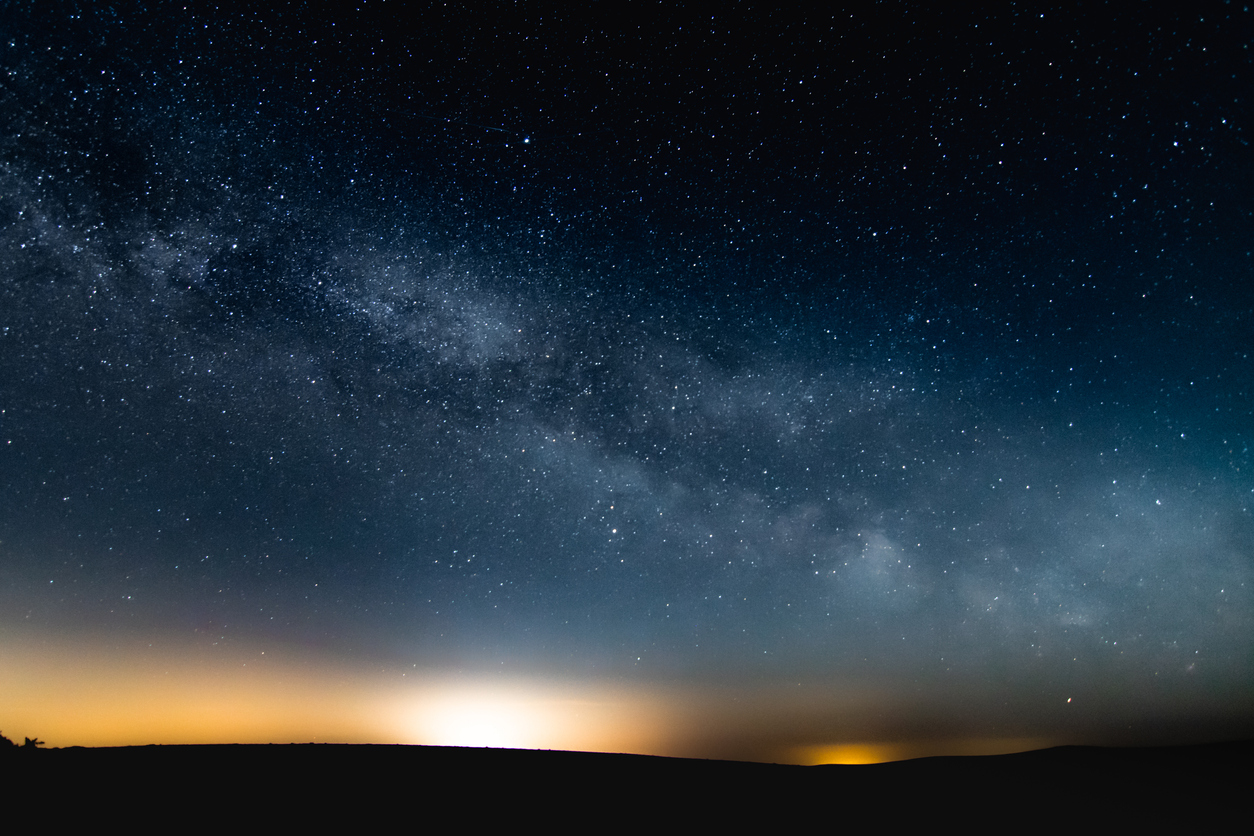
Exmoor Glamping
Enjoy Exmoor Glamping at Longlands which sits on the western border of the Exmoor National Park. Our 5 luxury safari tents at Longlands are in a North Devon Coast National Landscape, so we are perfectly positioned to enjoy onsite wildlife and dark skies as well as just being a short drive from the Exmoor National Park.
Exmoor National Park
The Park encompasses 267 square miles of unique, stunning countryside and 35 miles of dramatic coastline. It stretches 35 miles from Combe Martin in the west to Monksilver in the east and 22 miles from Minehead in the north to Dulverton in the south.
The spectacular coast to the north of the park, with the highest sea cliffs in England, was one of the reasons why, in 1954, Exmoor was designated a National Park.

Exmoor Wildlife
The national park is stuffed with wildlife. Head over there, and maybe book on to a Wildlife Safari, to enjoy all that the park has to offer. Follow ancient paths and byways search for red deer and the famous Exmoor ponies. Red deer are the largest land animals in England and there are up to 4,000 roaming the park. The odds are good that you’ll spot one whilst you are there!
Red Deer
The male red deer is called a stag and the female, a hind. They live separately within their herds for most of the year, it’s only towards the end of September that the herds start to mix, preparing for the ‘rut’ in mid October. If you’re planning a break with us is the summer you’ll be able to see the red deer in all of their ‘flaming’ glory as this is when their coats are at their most flamboyant. Holiday at Longlands just before we close at the end of October, and you’ll catch the rutting season where the stags compete and fight to command the hind herds.
Exmoor Pony
The Exmoor pony is a beautiful creature that has been around since the Ice Age. There are around 500 ponies roaming freely across the park. Did you know that the ponies aren’t actually ‘free’? They are all owned by people with a duty of care to protect, overseen by the Exmoor Pony Society. The ponies, with the dark shaggy manes, and adorable big, black eyes, are one of the most exciting animals to see on Exmoor. But not just a pretty face, their worth has also been proved just from their grazing habits, being natural conservationists of upland habitats.
Birds
Because Exmoor is so big, and so diverse, it can accommodate a wide variety of different birds in their natural habitats. If you’re staying with us at Longlands, and you’re a twitcher, bringing your binoculars is a must! For fans of coastal birds, train your bins at the cliffs for sight of peregrine falcons, razorbills and herring gulls. Head inland and you could glimpse a golden plover, or, one of our favourites, a lapwing. Distinctive for its ‘peewit’ call as it performs aerial acrobatics before descending to its nest in farmland or marshland areas.


Exmoor Stargazing
As dramatic as wildlife can be in the daylight, come nightfall the Park really does take centre stage. Exmoor is the best place for stargazing in the UK, according to the Campaign for Dark Skies. In fact it’s the first International Dark Sky Reserve in Europe and Longlands looks directly on to it. The reason it’s so acclaimed is the minimal light pollution, allowing for a truly ‘dark sky’.
For those wanting to explore the constellations and the Milky Way close up, head over to the national park centre in Lynmouth and hire a telescope. Or if that just sounds too much like hard work you can always wait for nightfall at Longlands and then hop into your very own hammock just about your lodge. Spot a shooting star and let your mind wander. The sky really is the limit. For more tips on stargazing for beginners head over to our blog post.